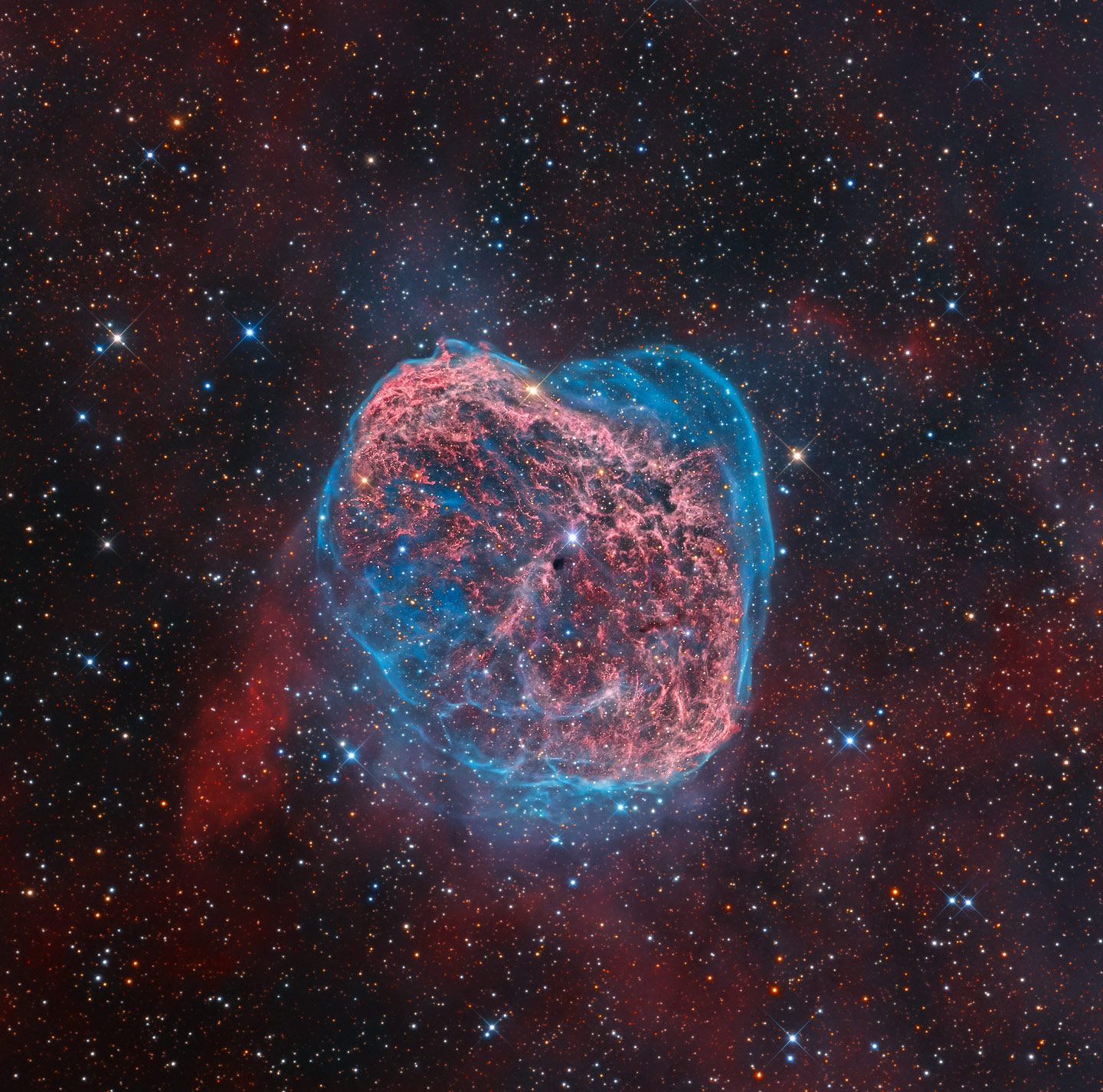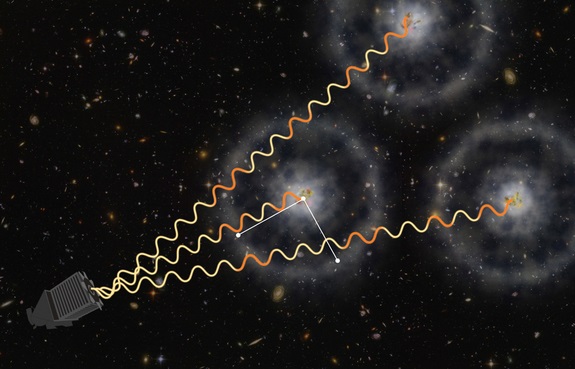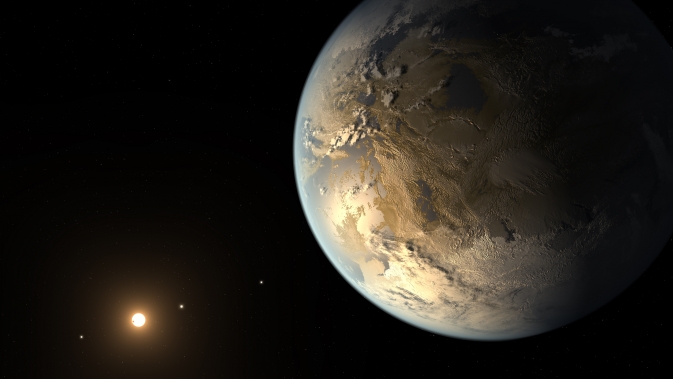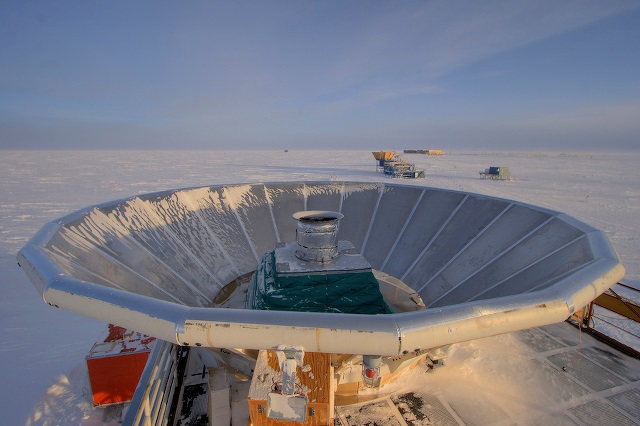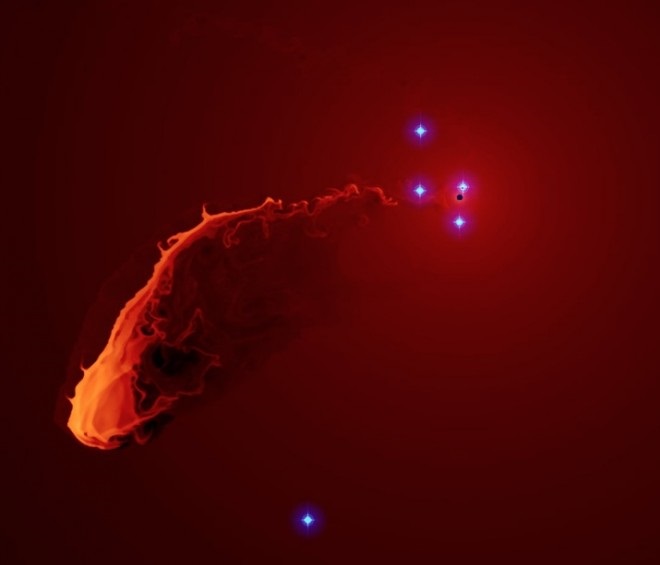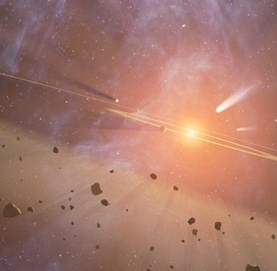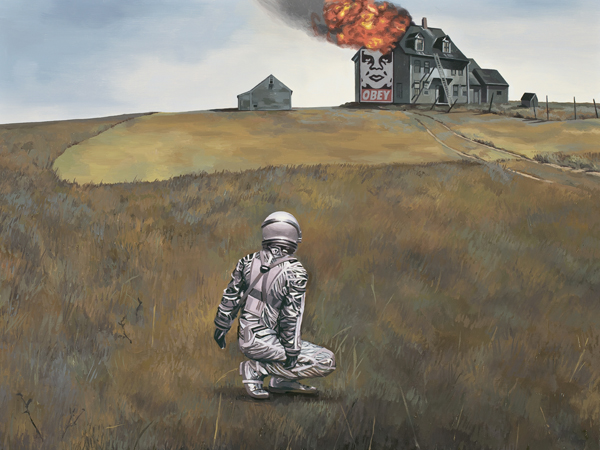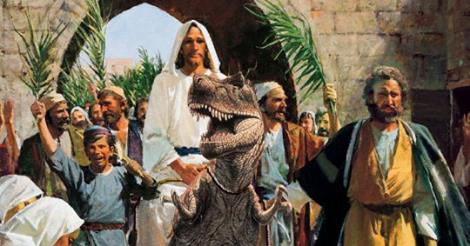
And here’s your counterpoint: Creationist Ken Buck argues that space exploration is a boondoggle because aliens are going to Hell anyway. “Ham argued that ‘secularists are desperate to find life in outer space’ as a part of their ‘rebellion against God in a desperate attempt to supposedly prove evolution.'”
Erm, yeah. I would hope the John Olver rule is in effect if and when this fellow is inevitably queried about his views on television, against Bill Nye or Neil DeGrasse Tyson or somesuch.

